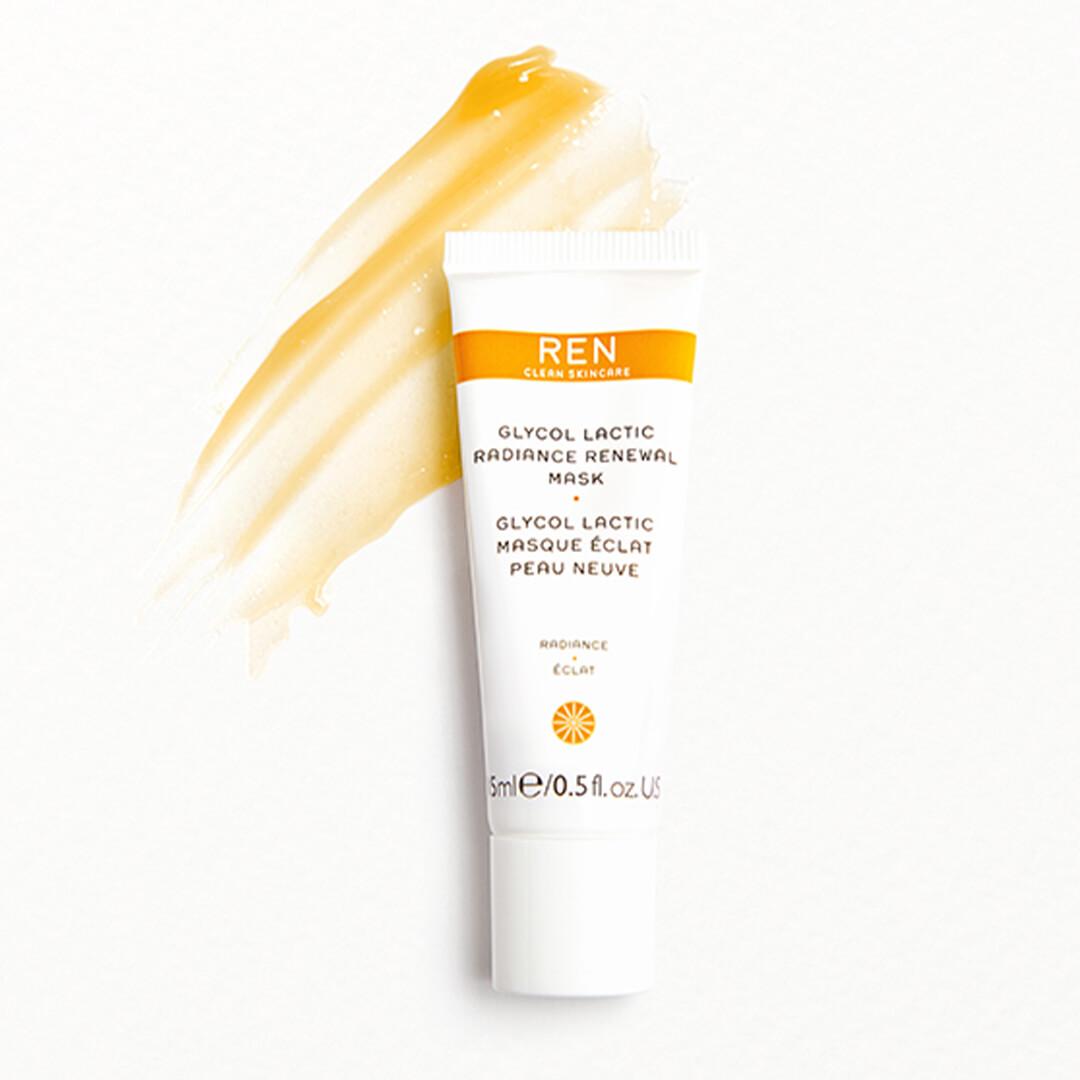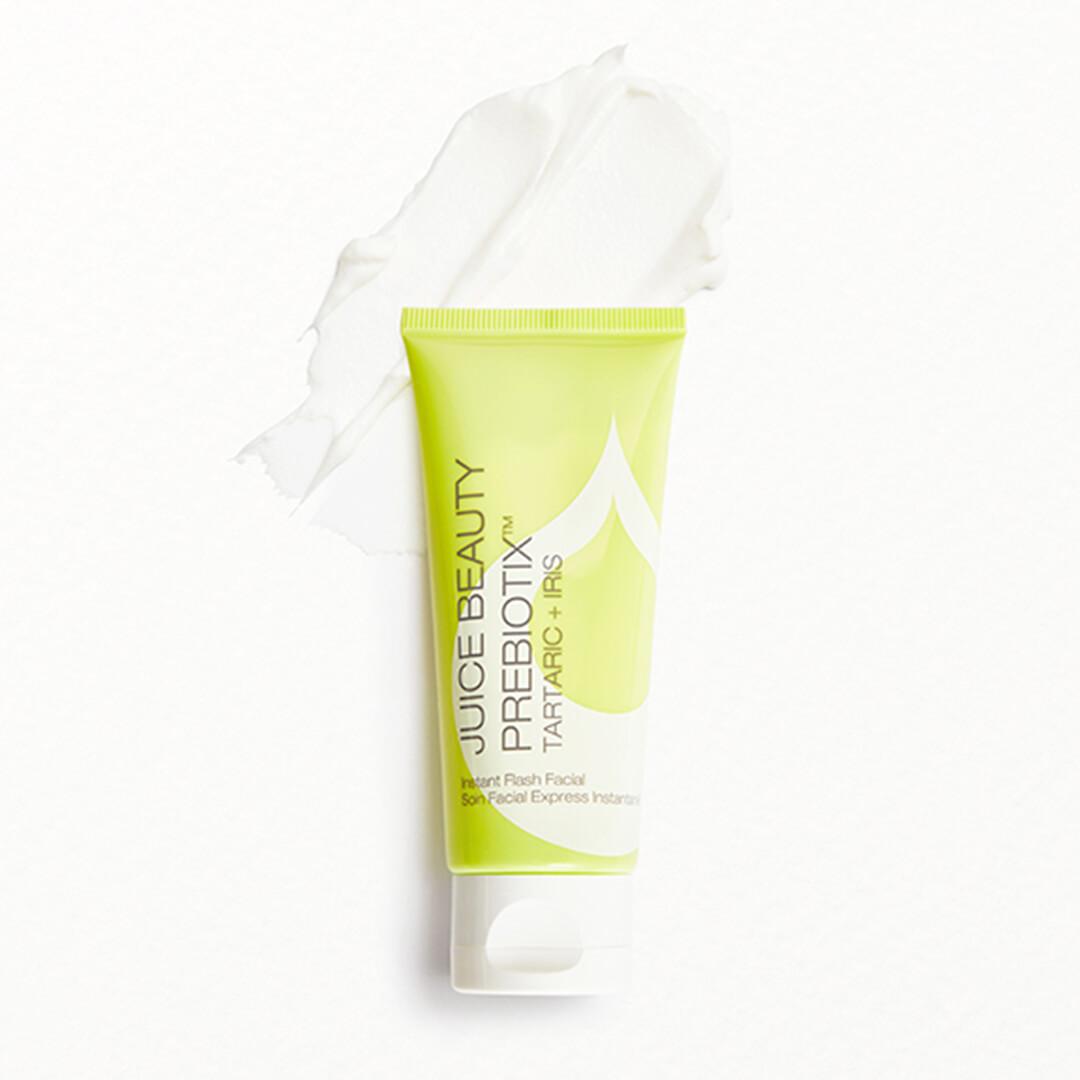What is Tartaric Acid? Why this Skincare Ingredient Is About to Get Buzzy



Pia Bhattacharya


Ever since we discovered acids in skincare, our skin (and our days) have been brighter. And between AHAs (alpha hydroxy acids), and BHAs (beta hydroxy acids), we thought we’d tried everything in the name of glowing skin. But there’s one skincare ingredient that’s caught our attention because—well, we simply haven’t heard much about it. It’s called tartaric acid, and while it may not immediately ring a bell, chances are you’ve come in contact with it in your everyday life. It’s found in fruits we love like apricots, apples, and grapes and it’s what gives wine its signature tart taste and wine-y smell.
Tartaric acid may be poised to become the buzzy new skincare ingredient on the block, but it’s certainly not new. Tartaric acid has been used in food all over the world, from Mexico to Nigeria, thanks to the tart-tangy flavor it adds to dishes. And while it’s well-known for its overall health benefits—from boosting immunity to aiding digestion—the benefits of tartaric acid for skin make it worthy of a place in our skincare routines.
Continue reading for everything you need to know about tartaric acid, and whether it’s your new go-to for healthy, glowy, and bright skin.
So, what exactly is Tartaric Acid?
Before you hit up your skincare aisle, understanding what tartaric acid is and where it comes from can help determine if it’s right for you. “Tartaric Acid is a naturally occurring dicarboxylic acid found in many plants and their fruit, but most notably in tamarinds and grapes,” says Deanne Mraz Robinson, MD, FAAD. This means it’s already found in loads of your everyday grocery items. But tartaric acid has different benefits for your skin than it does when ingested.


It's about glam time you treated yourself.
MEET THE EXPERT
Dr. Deanne Mraz Robinson, MD, FAAD is President and Co-Founder of Modern Dermatology and Assistant Clinical Professor of Dermatology at Yale New Haven Hospital.
What are the benefits of tartaric acid in skincare?
1. It’s a gentle exfoliator
Dr. Robinson tells us tartaric acid belongs to the alpha hydroxy acid family, also home to glycolic and lactic acids which we’re huge fans of thanks to their gentle nature. AHAs gently remove dead skin cells from the uppermost layers of your skin, so they’re known to be less irritating than some other exfoliating acids. If you’re looking to smooth your skin’s texture and brighten up dullness, Dr. Robinson says, “Look for [tartaric acid] as an ingredient in a chemical exfoliant or serum. These are products packed with high concentrations of active ingredients.” Tartaric acid, like other AHAs, is great for almost all skin types—sensitive skin, dry, combo, oily—all can benefit.
As for side effects, Dr. Robinson cautions,” There is always the risk of allergic reaction or skin irritation, however tartaric acid is generally well tolerated on its own. Always check the full ingredient list to avoid accompanying known allergens.”


Our pick: Try REN CLEAN SKINCARE Glycol Lactic Radiance Renewal Mask if you’re looking for an easy and gentle exfoliator that’ll majorly up your glow. This cult-favorite formula is made with (you guessed it) tartaric acid, along with some of our other fave AHAs like lactic, glycolic, and citric to exfoliate and minimize the appearance of fine lines and wrinkles.
2. It can help hydrate and heal
If you’re struggling with skin conditions like keratosis pilaris or if your skin just needs some TLC, tartaric acid can help. It has keratolytic properties, which means it helps dissolve skin flakes or tougher layers of skin. This, in turn, helps improve the efficacy of other topical medications by allowing them to be better absorbed into your skin’s surface. Tartaric acid also helps bind moisture to your skin, which is useful for treating dry skin conditions.


Our pick: All skin types, especially sensitive will benefit from this JUICE BEAUTY Prebiotix™ Instant Flash Facial. It’s made with tartaric acid to exfoliate, and the brand’s gommage beads or “smart sensors” that dissolve into skin when too much pressure is applied to make gentle exfoliation a no-brainer. Plus, it’s hydrating so it won’t strip your skin of moisture.
3. It’s rich in antioxidants
Because it’s derived from antioxidant-rich fruits, tartaric acid is a great source of antioxidants for your skin. According to Dr. Robinson, “It’s for the same reason that the grapes in wine are touted as having antioxidant properties.” Antioxidants help protect your skin from damage caused by free radicals and environmental aggressors like UV rays, pollution, and more. Another reason to love? Antioxidants can help prevent and reduce the signs of aging brought on by free radicals.
4. It keeps your products’ pH levels in check
If you check your ingredient labels, you may notice tartaric acid in more skincare formulas than you expect. This is because tartaric acid has an important role in keeping your products stable to minimize skin irritation. Dr. Robinson says, “Unlike other acids which may disrupt pH, tartaric acid actually helps to stabilize other acids to regulate a formula's overall pH. This makes it a popular addition to other AHA product formulas.” That’s right, now only does tartaric acid have its own skincare benefits, it’s used to make sure other acids don’t alter a products’ pH to potentially irritating levels.
Want to try more buzzy skin ingredients like tartaric acid? Take our Beauty Quiz now to get started. Already an Ipster? Refer your friends to earn points, which you can use toward products. Either way, don’t forget to check us out on Instagram and Twitter @IPSY.
Like this article? Share it with your friends by clicking the icons below!
Liked this post? Share!
Related Stories


Ingredient Index
Why Argan Oil Is the Versatile Ingredient Everyone Needs in Their Beauty Routine
Published on Oct 15, 2025 • 8 min read


Ingredient Index
Every Skincare Ingredient You Should (and Shouldn’t!) Use With Vitamin C
Published on Oct 2, 2025 • 9 min read


Ingredient Index
No, Not All Peptides Are the Same, But All Are Beneficial
Published on Aug 12, 2025 • 4 min read


Ingredient Index
Top Anti-Inflammatory Ingredients to Soothe Irritated Skin
Published on Aug 5, 2025 • 6 min read


Ingredient Index
Iron Oxides Are the Skin-Protecting Ingredients Your Routine Has Been Waiting For
Published on Mar 14, 2022 • 3 min read


Ingredient Index
Galactomyces Is the Latest Skincare Ingredient You’re About to See Everywhere
Published on Jul 10, 2025 • 3 min read


Ingredient Index
Everything to Know About the Gentle Healing Ingredient Bisabolol
Published on Jul 10, 2025 • 6 min read


Ingredient Index
Yes, You Should Be Using Adapalene If You Have Acne
Published on Jul 10, 2025 • 4 min read


Beauty Picked Just for You
Get 5 products worth up to $70
Plus exclusive access to epic deals up to 80% off
Starting at just $14/month. Cancel anytime.